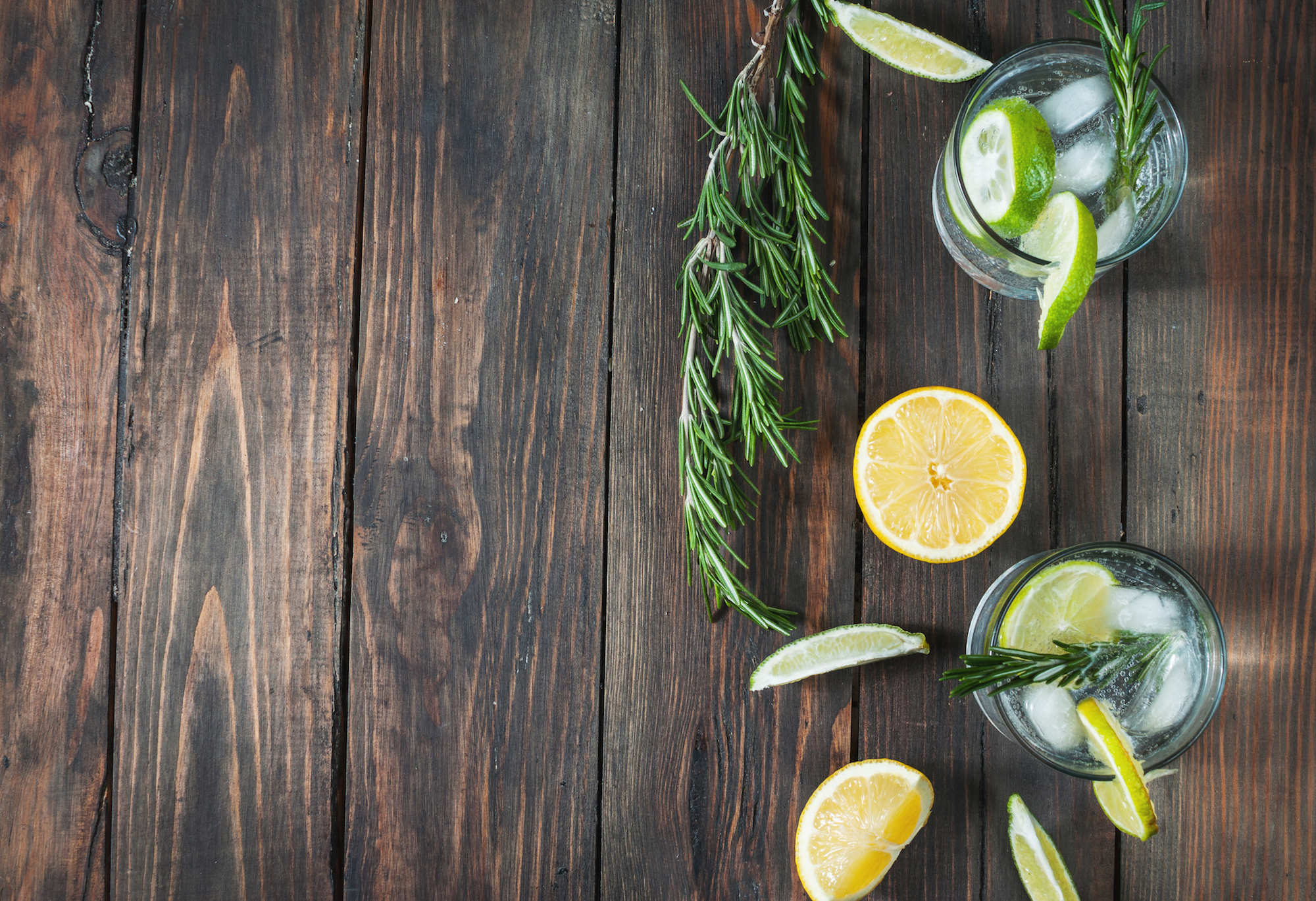


Whether it’s crafting a toddy with fresh ginger or creating your own basil simple syrup, more and more bar programs are incorporating herbs and spices into their cocktails. Using the products already available in your kitchen not only encourages creativity, but it’s also a cost-saving move that strengthens the partnership between your back and front of house. There a few simple ways you can use herbs in your cocktails.
The most common way to incorporate food items into cocktails is using herbs for garnish. Remember, even if a specific herb isn’t in the drink itself, that doesn’t mean that you can’t use it. A simple herb sprig can tease the nose and boost the aroma of a drink.
An easy way to save money on herbs is to build your own in-house garden. By limiting your staff to using what is grown in your garden, you push them to think creatively about their drinks. It also encourages your bartenders to create beverages that complement your food menu.
If you’re not using herbs to garnish, you’re probably muddling them while crafting a cocktail. But, you can have too much of a good thing.
Carefully tap the herb with the muddler just enough to release the oils from the leaves, not crush it to pieces. Too much pressure can make an herb taste earthy and lose its delicate flavors and aromas. Also make sure you’re using the correct glassware so you don’t break the glass in the process.
If you’re already garnishing your drinks with herbs, consider creating your own infused or macerated spirits and syrups.
Work with your kitchen to find food items, and even food waste, that you can use. For example, you can create oleo-saccharum using leftover citrus peels. This gives your bar a fun, tasty syrup to use in various cocktails and reduces food waste at the same time.
Whether it’s a classic lime cordial or a balsamic-red wine reduction, challenge yourself and your bar team to find ways to mix the kitchen with the bar. Your menu will not only be more innovative, but it will be more profitable too.
